Lancia has often been highly innovative, and its 1922 Lambda torpedo tourer is among the most forward-thinking cars ever made.
It had a load-carrying unitary body, not a separate chassis, for much better rigidity; it scored a first with independent front suspension; it was a pioneer of braking all four wheels; and its 48bhp overhead-cam V4 was very potent for its small size of 2120cc.
We met the Lancia Lambda 99 years ago, saying: “Being a thoroughly unconventional car, it is fitting that it should have a most unusual performance. Acceleration, together with a set of excellent brakes, enables one to average a surprising speed. Over 30mph can be kept up in perfect safety.
“The engine is very smooth, has a most healthy power of ‘revving’ on second, and a slight peculiarity of exhaust note due to the V set of cylinders.
“But it is more than the engine that makes the car fascinating. The steering is exceptional. It would be difficult to improve the driving position, the gear change is easy, and becomingly sensitive. “Best of all, the Lancia holds to the road at any speed.
“Another marked good feature is the suspension, which enables the Lancia to travel a good 10mph faster than many other fast cars on really bad roads.”
Small upgrades were made in eight increments up to 1931, and even today Lambdas amaze with how modern they feel to drive.
Should you be using low pressure tyres? Bentley thinks so...
“I want to know more about the benefits and the draw backs of low-pressure tyres,” wrote our regular columnist Owen John. “A good deal of information is available, but not exactly of the kind that is most valuable; and, so far, I have but gathered a considerable quantity of evidence both for and against.
“I am looking forward, in the regrettable absence of any official proof, to finding out if low-pressure tyres do slow cars, do eat petrol, do skid on grease, do roll, do improve immensely the running of a car, do splash the mud all over the place, and, in short, whether their pros outweigh their cons.”
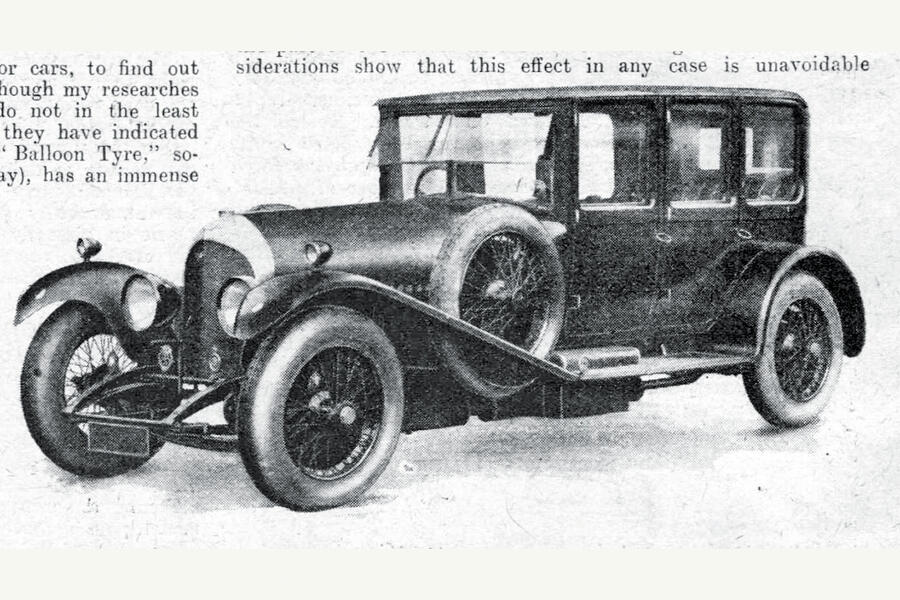


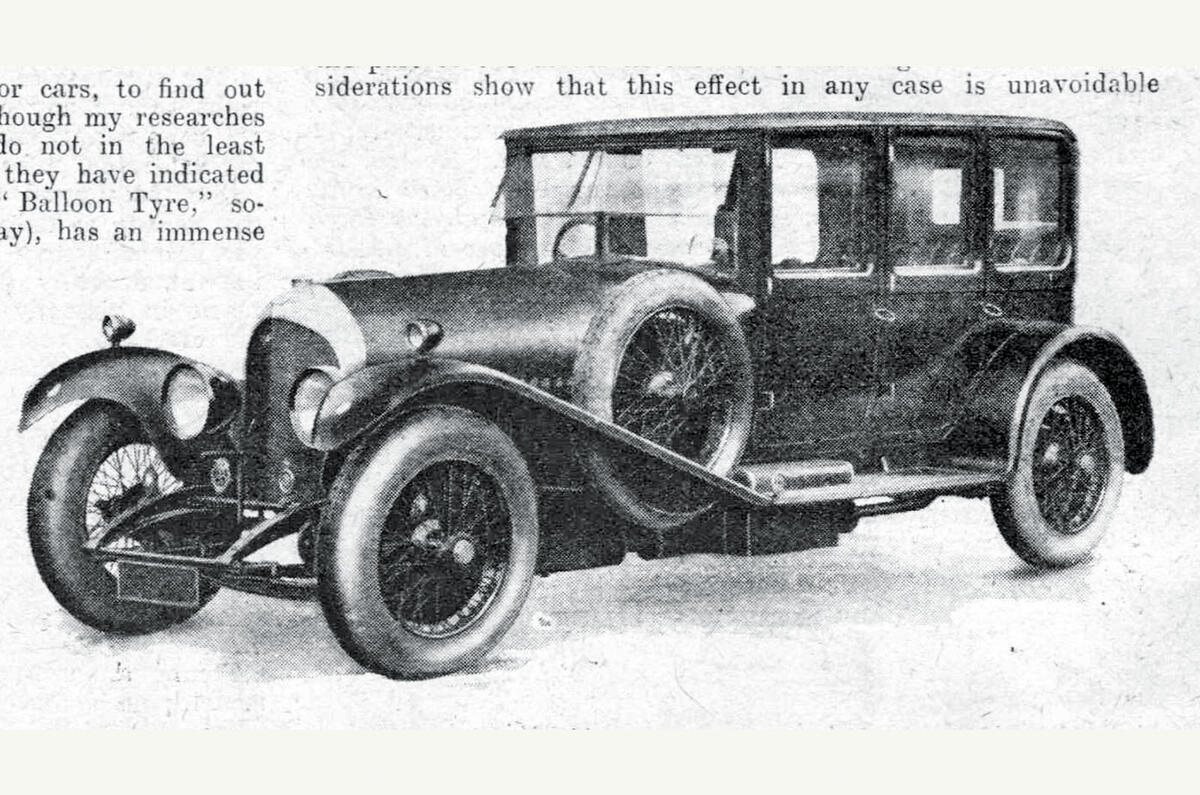
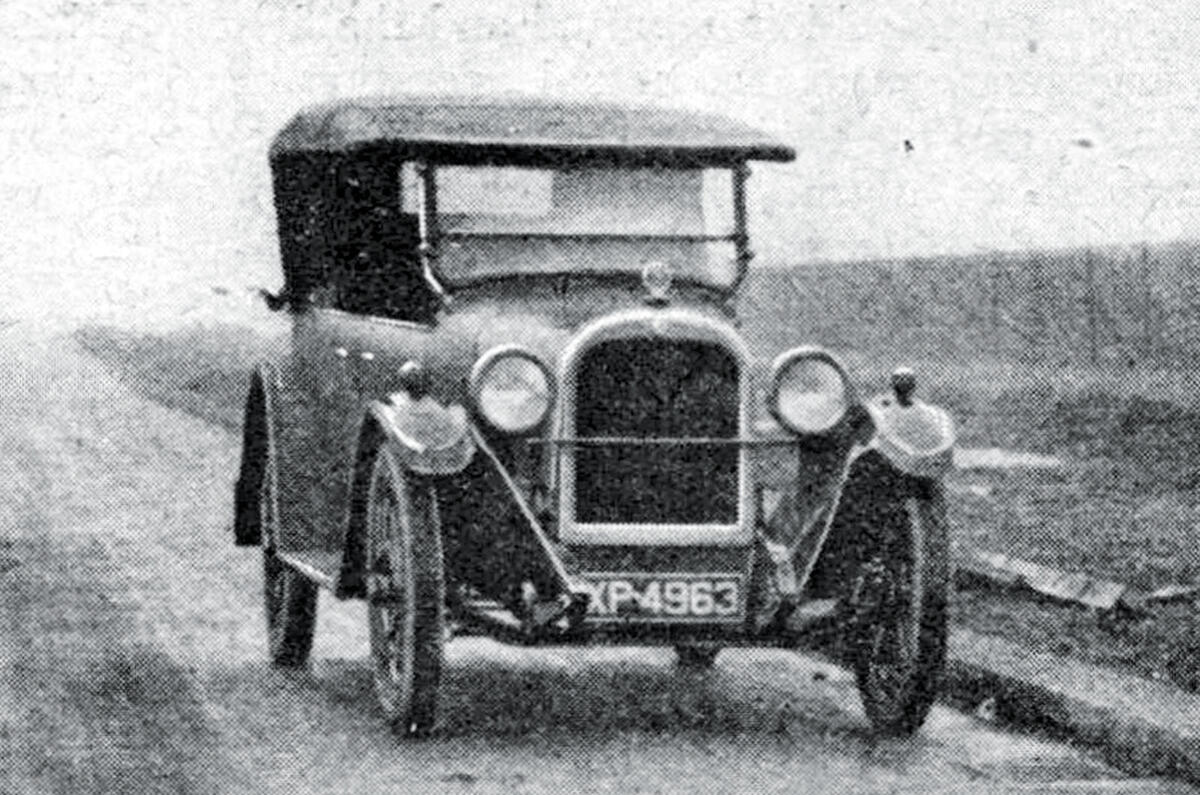
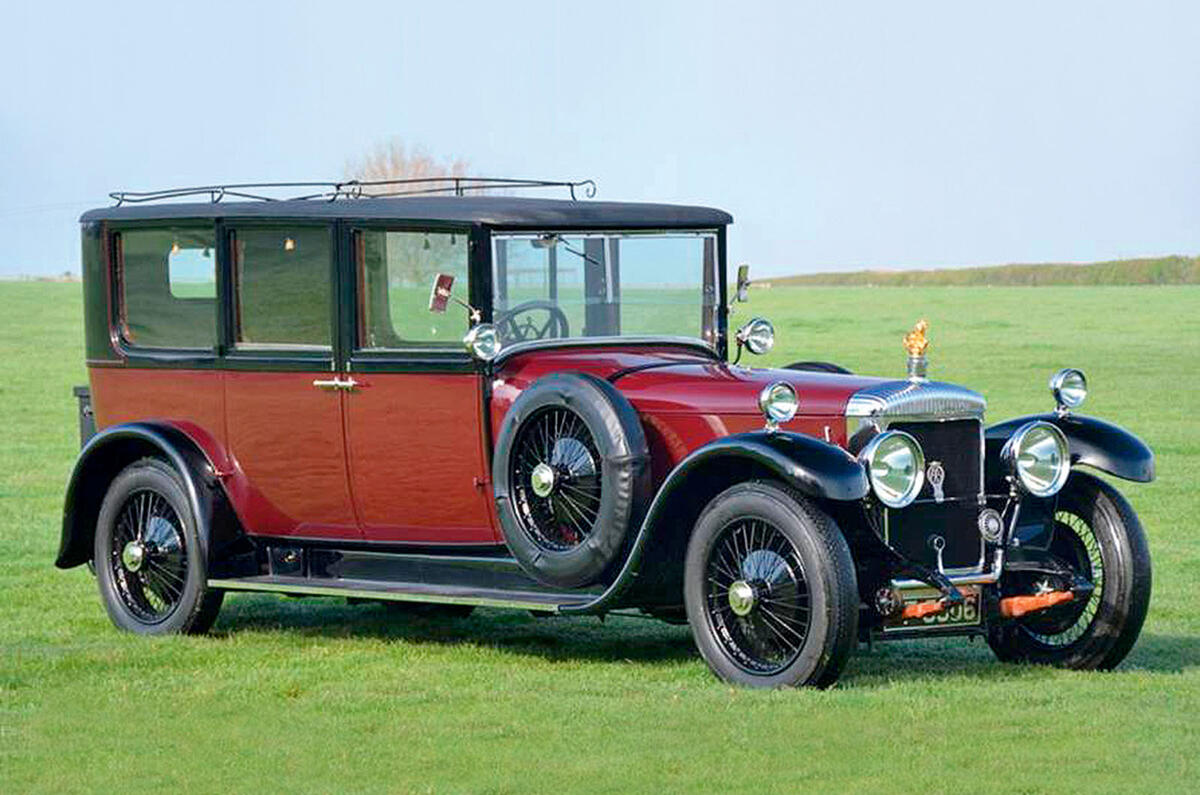
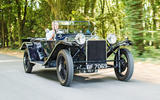
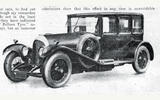
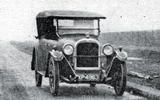
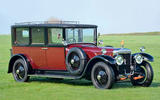

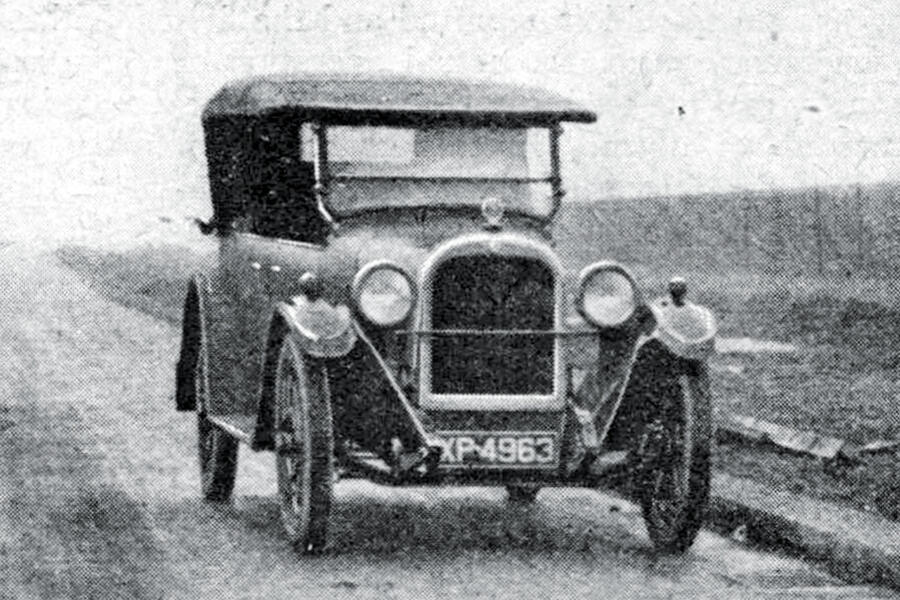
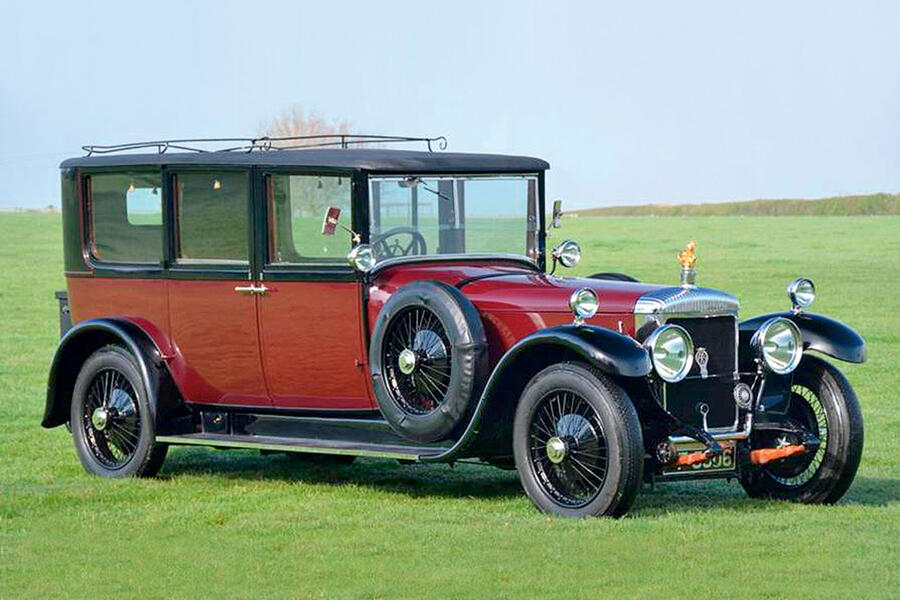

Join the debate
Add your comment
Lancia made great cars, except the steel parts that were made of wrought or cast rust